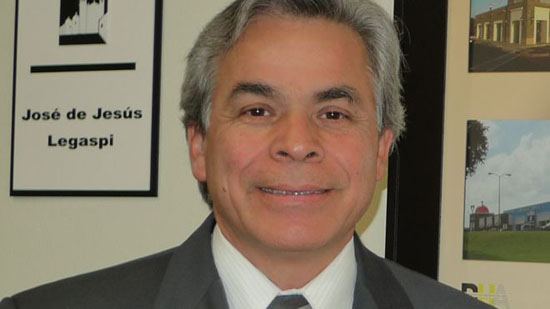A Shopping Mall Developer Is Mirroring 1950s Small-Town America for Latino Clientele
Bill Vourvoulias, Fox News Latino, May 27, 2014
A mariachi band playing in a courtyard. A small stall that sells herbs that are supposed to help with various maladies and candles that promise to bring good luck. A stage with dancers in traditional dresses. A food court that smells like tamales and pozole.
No, this isn’t a zócalo somewhere in Mexico. It’s a shopping mall in the heart of the United States — Fort Worth, Texas, to be precise. And the mall, which not so long ago was more than three-quarters empty, is now thriving.
Malls across America are in trouble, but José de Jesús Legaspi, a Mexican-American commercial developer and consultant based in California thinks he knows the solution: Hispanics and Latino spending power.
Currently there are about 1,100 malls in the United States. There have been no new malls constructed since 2006 or so, and some 400 malls have shut down since 2007, with another couple of hundred bound to shrivel in use and close within the next 20 years, according to Business Insider.
Part of the problem is that consumers are looking for more of a community feel, Legaspi believes.
“The mall model still can work,” Legaspi told Fox News Latino recently. “If they become more like cultural or community centers that also offer shopping opportunities, malls can continue to thrive.”
For decades, Legaspi has been putting his money where his mouth is.
The first time that he helped turn a distressed shopping area into a Latino community center was in the late 1980s on Fourth Street in downtown Santa Ana, Calif.
Sometimes, as with Santa Ana, it’s as a consultant but frequently now he weaves his transformative magic on properties, like La Gran Plaza in Fort Worth, Texas, that are owned and operated by his Legaspi Company.
Either way, the process is the same.
“We seek out demographic areas that are largely Hispanic in nature,” Legaspi said. “Then we identify shopping centers in those areas that are dying.”
Legaspi, 61, pointed out that Hispanic consumers tend to go to malls more frequently than non-Latinos, and they spend more on groceries, cosmetics and clothing than other groups do.
{snip}
So Legaspi malls court local vendors as well as national chains. Instead of worrying about anchor stores like Sears and J.C. Penney, he makes sure to get a variety of price-point and type of retail, including one supermarket.
The idea being “to create one-stop shopping,” he said.
Legaspi centers have stages on which mariachis or other musical groups can perform. There is plenty of seating and a never-ending string of health fairs, job fairs, cultural performances — “anything and everything,” as he described it.
And people seem to respond. When the Legaspi Company bought La Gran Plaza in 2004, only 20 percent of its 1,200,000 square feet was occupied by tenants. Within two years that figure was at 80 percent. It’s now 90.
The company now owns and operates eight commercial shopping centers larger than 300,000 square feet and various smaller ones from California to Georgia.
At all of them, Legaspi said, “I try to create a sense of community, a sense of culture.”
He added, “It’s not unlike what things used to be like in small-town America in the 1950s with the band shells and the music on Sundays.”
Except with a decidedly Latin flavor.
{snip}
















